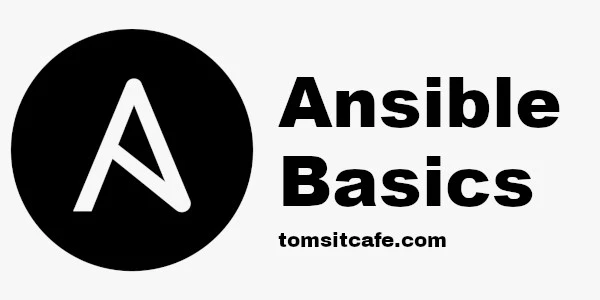The Ansible Basics course is a new, free series from Tom’s IT Cafe for those who want to learn the foundations of automation, configuration management and infrastructure as code. The structure of the course is simple, starting with the installation of Ansible, through its configuration, to some examples of the usage. You have to understand some computer basics to fully understand this topic. This article series will not go into the details of networking, identity and access management nor security hardening. It will help you start working with Ansible, and initiate your automation journey. New articles on Tuesdays and Thursdays at 5PM CET.
Next article in the course: Installing Ansible
What is Ansible?
Ansible is a powerful open source automation tool designed to simplify complex IT tasks, streamline workflows, and enhance overall efficiency in managing infrastructure and applications. Ansible employs a declarative language that enables users to define the desired state of their systems, allowing for consistent and repeatable deployments.
Operating over SSH, Ansible eliminates the need for agent installation on managed nodes, making it lightweight and versatile. Its modular architecture supports extensibility through custom modules, enabling seamless integration with various technologies.
Ansible’s orchestration capabilities enhances the coordination of multiple tasks and operations across diverse systems, helping a unified and automated approach to configuration management. With a focus on simplicity, scalability, and ease of use, Ansible empowers IT professionals to automate repetitive tasks, enhance collaboration, and maintain a high level of control over infrastructure, making it an indispensable tool in the modern IT management.
What is configuration management?
Configuration management is a systematic approach to handling the setup, maintenance, and changes of an organization’s software and hardware infrastructure. It involves the systematic tracking and control of configuration items to ensure consistency, reliability, and adherence to desired specifications.
By employing configuration management tools and practices, IT teams can effectively manage and automate the configuration of servers, networks, and other components, reducing the likelihood of errors, enhancing system stability, and facilitating rapid adaptation to evolving business requirements. Configuration management plays a pivotal role in maintaining a standardized and well-documented IT environment, promoting efficiency, reliability, and ease of troubleshooting across the entire infrastructure.
What is infrastructure as code?
Infrastructure as Code (IaC) is a paradigm that revolutionizes the management and provisioning of IT infrastructure by treating infrastructure configurations as code artifacts. In essence, IaC enables organizations to define and manage their infrastructure using version-controlled, human-readable scripts. This approach allows for the automation of infrastructure provisioning, configuration, and maintenance, bringing the principles of software development to infrastructure management.
By codifying infrastructure components, IaC enhances repeatability, consistency, and collaboration among development and operations teams. This method ensures that infrastructure changes are traceable, reversible, and can be deployed swiftly and consistently across various environments. IaC empowers organizations to achieve greater agility, scalability, and reliability in their IT operations while minimizing manual intervention and reducing the risk of configuration drift.
Who is this course for?
I do not want to restrict this course is for a specific focus group. Though it mainly targets beginner users, junior system administrators and developers, I am sure that some professionals can use the information as well. I would like to encourage people to maintain a simple and powerful mentality to automate repetitive tasks, to break down problems to small steps and to put in version control almost everything (except the secrets).
The planned structure is the following:
- Some words about automation, infrastructure as code and configuration management – this article you’re reading right now.
- How to install an Ansible control node on different platforms.
- Run some ad-hoc Ansible commands to see Ansible in action, and for fun and excitement.
- How to build a file based static inventory, and how to use the
ansible-inventorycommand. - Learn about playbooks and the different parts of this exciting ecosystem, like the
ansible-playbookcommand. - How to break down your playbooks into different roles and play with modularity in Ansible?
- Conditional statements and loops.
- The template language of Ansible, Jinja2 tricks.
- How to keep your data encrypted with Ansible Vault.
If you want to discuss the topic with other technology-minded people, join my Discord: https://discord.gg/YbSYGsQYES
Now we have an IRC channel as well: irc.libera.chat / #tomsitcafe

One thought on “Ansible Basics 01: Automation, Configuration Management, Infrastructure as Code”